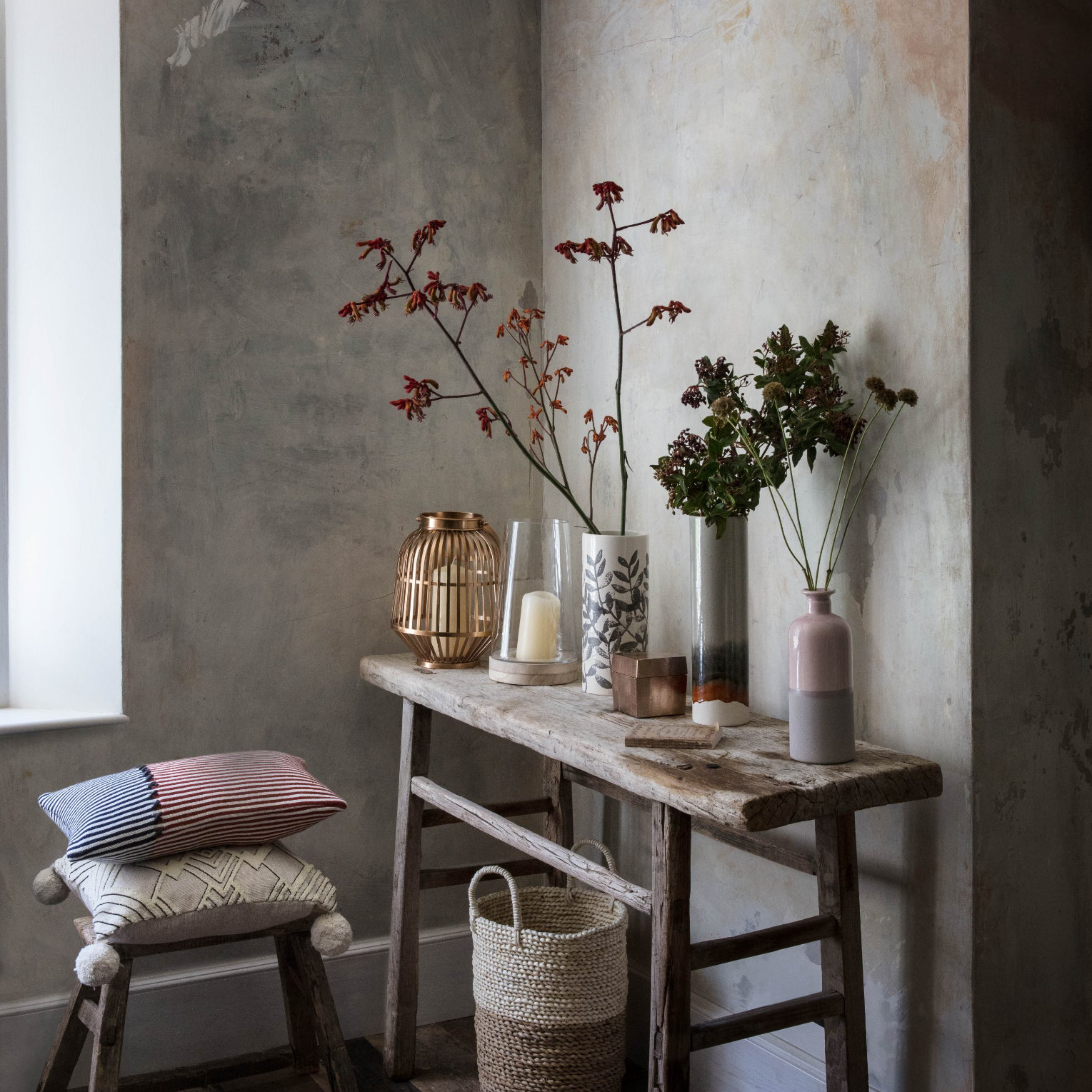Introduction
Linear LED lighting has become ubiquitous in commercial and residential lighting applications due to its energy efficiency, low maintenance, and reliable performance. However, linear LEDs have also evolved beyond their traditional role as a lighting solution to become a versatile design element for architects and designers. This article explores the evolution of linear LEDs and their innovative applications in creative design solutions.
Section 1: History of Linear LEDs
Linear LEDs were first introduced in the early 2000s as a new form of energy-efficient lighting. They quickly gained popularity due to their long lifespan, low energy consumption, and flexibility in design. LED technology has since advanced significantly, with improved efficiency, brighter output, and better color rendering.
Subsection 1.1: Maturing of LED Technology
The development of LED technology has played a critical role in the success of linear LEDs. LED chips now emit a broader spectrum of light with superior color rendering, which has opened up new possibilities in architectural lighting design.
Subsection 1.2: Advancements in Fixture Design
Linear LED fixtures started off as basic tubes and strips, but now come in a wide range of shapes, sizes, and colors. They can also be customized to perform specific functions or integrate with architectural elements, such as recessed lighting or cove lighting.
Section 2: Applications of Linear LEDs
Linear LEDs are now used in a wide range of applications, from basic illumination to creative design solutions. Below are some of the innovative ways architects and designers are using linear LEDs in their projects.
Subsection 2.1: Dynamic Lighting
Linear LEDs can be programmed to change color, intensity, and direction, creating dynamic lighting effects. This type of lighting is suitable for entertainment venues, retail spaces, and museums, where lighting can be used to create immersive experiences.
Subsection 2.2: Integrated Lighting
Integrated linear LEDs can be used to enhance building features, such as stairs, handrails, and walls. For example, LED lighting strips can be installed along the edge of steps to improve safety and visibility.
Subsection 2.3: Light Art
Linear LEDs can be used to create stunning light art installations, such as light sculptures, murals, and interactive installations. Light art is a growing field that combines art, technology, and lighting design to create unique and immersive experiences.
Section 3: Future of Linear LEDs
The future of linear LEDs looks bright, with new advancements in technology and design driving innovation in the field.
Subsection 3.1: Increased Integration
Linear LEDs will continue to be integrated into building structures and architectural features to provide a seamless lighting solution.
Subsection 3.2: Smart Lighting
Smart lighting systems will become more prevalent, with linear LEDs being controlled by sensors and connected to wireless networks.
Subsection 3.3: Sustainable Design
Linear LEDs will become an integral part of sustainable design, with its energy efficiency and low environmental impact making it a preferred lighting solution.

